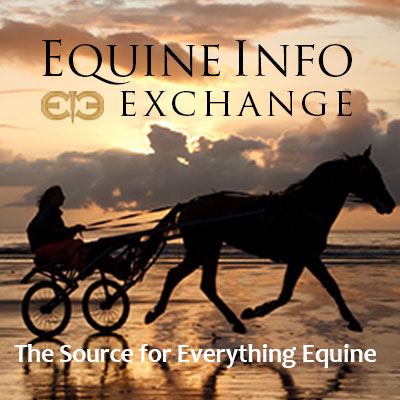Horse Racing
“And they’re off!” Horse racing of all types is found in our racing section, including Thoroughbred, Quarter Horse, Harness, Steeplechase and Arabian racing.
Want to get lucky? Take a look at the Wagering to help guide you. Keep track of upcoming horse races and racing events in our Calendar of Events for Horse Racing.
Want to live the dream of owning a racehorse? Check out the Breeding, Partnerships, Sales & Bloodstocks sections where you can help yourself be a force in the Sport of Kings.
Need a place to train your baby and help develop his successful career? You will find both training facilities and professional racehorse trainers in our Training section. See you in the winners’ circle!
Popular Racing Sites
Horse Racing - General Information
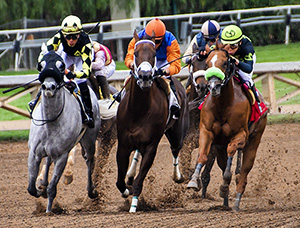
Tennessee is a state with a rich history in horse breeding and racing and is known to have produced some of the finest racing and trotting horses from the 19th century and still today. Yet there have been a number of stumbling blocks along the way that have meant the state has dropped off the map when it comes to professional horse racing, in which Tennessee is currently little know for none over than their fine breeding of horses. After stringent rules have been in place for a number of years, subsequently there’s also been a lack of development of the available facilities to grow their horse racing reputation. So will Tennessee’s horse racing potential ever develop to be more than just potential?
A history of thoroughbred breeding
As a state with a rich plantation history, Tennessee is hope to some of the finest racing and trotting horses in the United States. In fact today, there are more than 3 million acres of farmland in the state that are used for horse rearing and other horse related activities and over 135 equine facilities.
The most popular type of horse to be bred in the state is the Tennessee Walking Horse; a galted horse breed that are known for their four-beat running walk and striding movements that make them so ideal for horse racing. The Tennessee walking horse is also the most popular type of riding horse, thanks to its gentle nature, smooth gaits, calm disposition and stability. Most often used as trail riding horses, this breed is also the most popular type to be featured in television shows and movies.
During the early years of the nineteenth century, more and more farms were breeding thoroughbred horses, from East Tennessee to Memphis, in which the competition was growing. Due to the nature of competition in the area, racing tracks began to pop up frequently with local owners developing rivalries in the east and west of the state. By the third decade, two major race tracks became prominently known; the Nashville Racecourse and the Walnut Course, with a rivalry growing between the owners.
Read more: Will Tennessee See the Rise of a New Racing Track?
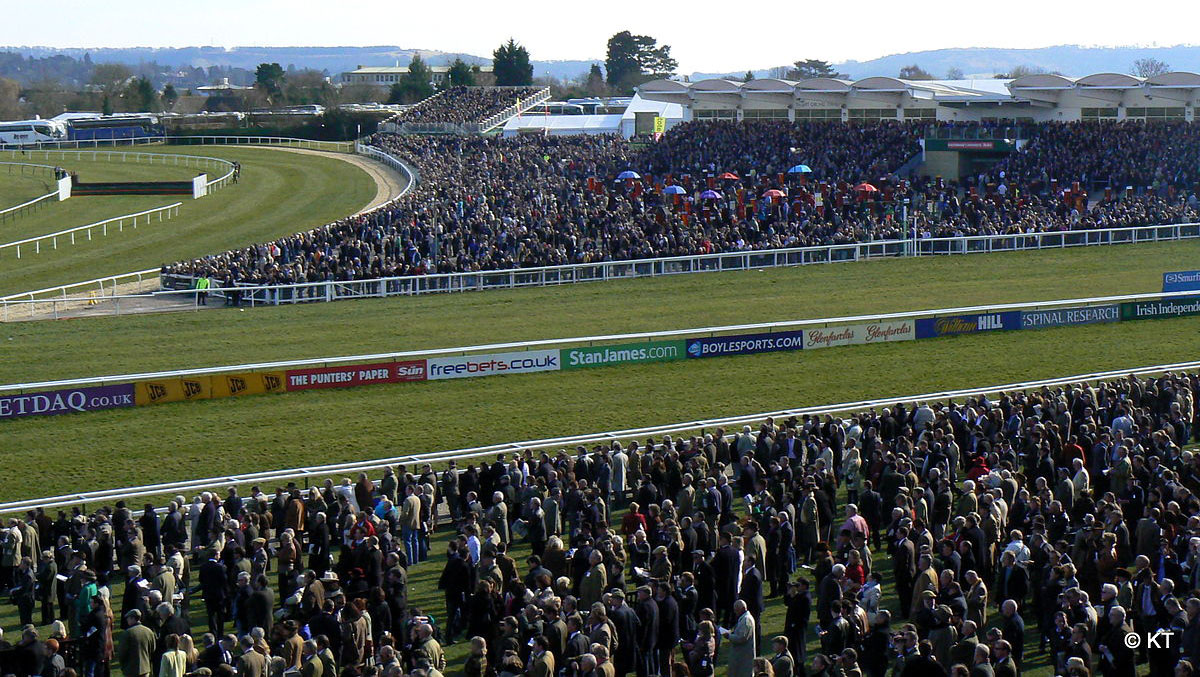
The Stayers’ Hurdle at the 2020 Cheltenham Festival was a triumph for bookmakers with three outsiders filling the frame. Lisnagar Oscar belied odds of 50/1 for a two-length win over Irish raider Ronald Pump.
Neither has done anything to advertise the form since. Lisnagar Oscar was a weakening fourth on his reappearance in Wetherby’s West Yorkshire Hurdle, albeit under a Grade 1 penalty. The runner-up took a tired fall in the Lismullen Hurdle at Navan when sent off favourite.
There is evidence which suggests the freak result at Cheltenham was something of a fluke, with the betting on the 2021 Stayers’ Hurdle very open. It seems harsh to single out hotpot Paisley Park for performing below market expectation that day after hitting his customary flat spot without getting any kind of second wind. What that has done is created a lively ante post market, and here are some of the early season movers in it.
Roksana
Very impressive🏇
— Timeform (@Timeform) October 31, 2020
ROKSANA bolts up in the bet365 Hurdle at @WetherbyRaces, for @DSkeltonRacing! 👏 pic.twitter.com/wTuKeWncu5
Previous Cheltenham Festival winner Roksana relished a return back up to the three-mile trip of the Stayers’ Hurdle when scoring on her return to action at Wetherby. The beneficiary of that final flight fall by Benie Des Dieux in the 2019 Mares’ Hurdle hadn’t won since until a run on Charlie Hall Chase day.
It has to be said that race terms were entirely in the favour of Dan Skelton’s charge. Roksana was getting weight all-round and other horses entered in the West Yorkshire Hurdle used the outing as pipe openers for other targets.
Without knocking the form too much, she would get a sex allowance from the geldings at Cheltenham too. That 7lb could be very valuable; so, if her connections want to go down the Stayers’ Hurdle route, Roksana is now the same price – 16/1 – for that as a third outing in the Mares’ Hurdle.
McFabulous
If you want evidence of how shrewd a trainer Paul Nicholls is, just look at the races he has picked for McFabulous in 2020. This very smart bumper performer was finding two miles over the obstacles too sharp, so his handler duly stepped him up in trip.
The progress made since has been significant. After breaking his maiden tag at Market Rasen, he made Grade 3 novice handicap company look easy at Kempton with an impressive follow-up. McFabulous was allowed to contest the Grade 2 Persian War at Chepstow on reappearance and stayed on very well.
Again, you can question what he beat there but the visual impression was that of an easy victory. Bookmakers added McFabulous into to the Stayers’ Hurdle market off the back of that and he’s now a 12/1 racing bet for that at Cheltenham with 888sport.
Sire Du Berlais
After two course and distance victories carrying heavy weights in handicap company in the last two renewals of the Pertemps Final, Sire Du Berlais has by trainer Gordon Elliott’s own admission no option but to go in the 2021 Stayers’ Hurdle. The assessor forces the hands of his powerful connections.
Owned by legendary gambler and leading Irish racehorse owner JP McManus, Sire Du Berlais further advertised his claims of a Cheltenham hat-trick by winning his return to action. That came in the aforementioned Lismullen Hurdle where his stamina kicked in.
Now a Grade 2 scorer, Sire Du Berlais looks a big contender. He is better than a handicapper and his odds of Stayers’ Hurdle success being halved into 8/1 after his display at Navan show the bookies fear him. He might just be the best staying hurdler owned by McManus since Baracouda.
There are more interesting articles in our section on Horse Racing.
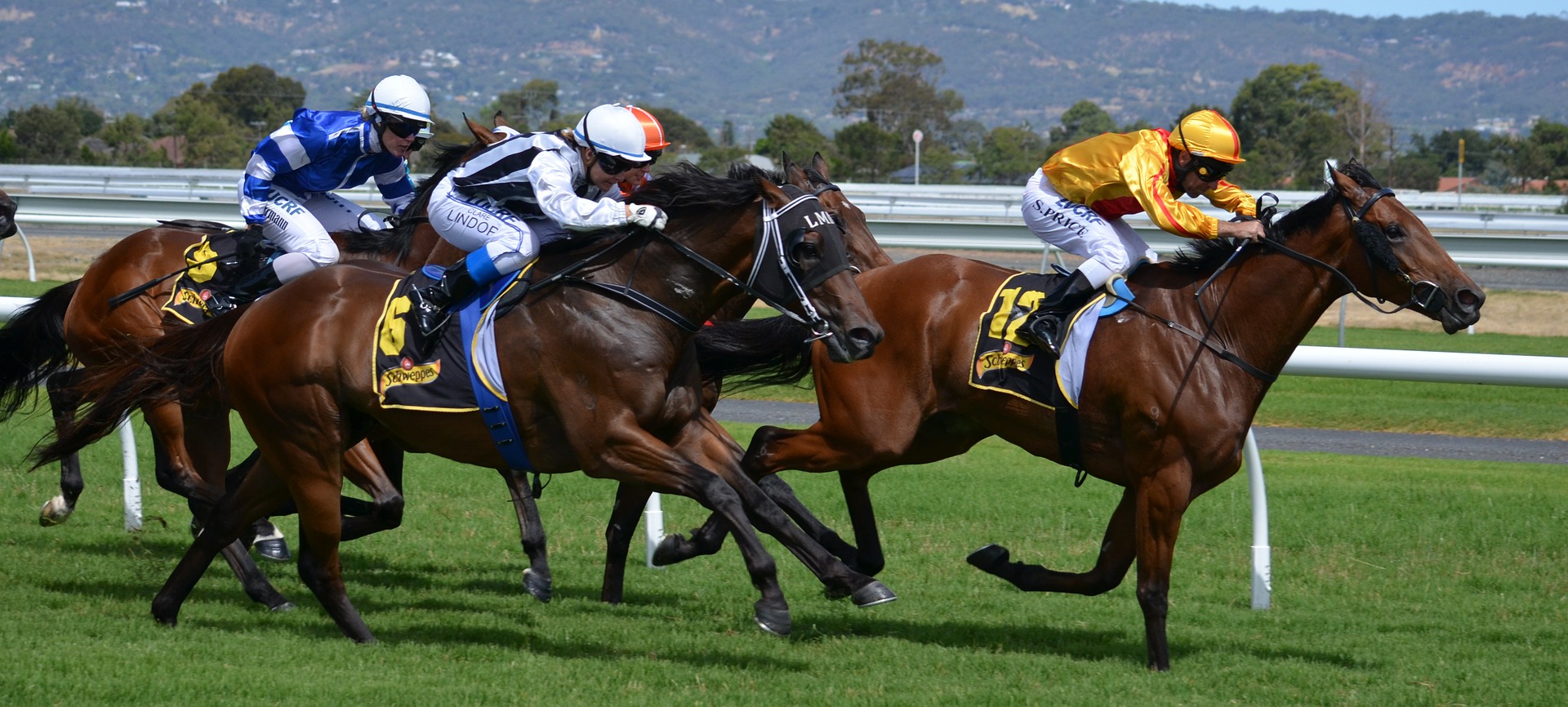
Breeders Cup 2021
The Breeders Cup is the top racing weekend in the US calendar and the best thoroughbreds from all over the world will head to Del Mar for this year’s running in what is sure to be a great weekend of top action. Unfortunately, there won’t be a full crowd of racegoers but the quality on show will excite all the viewers on TV.
The Breeders Cup turf sprint is sure to be exciting as Battaash heads over from the United Kingdom and is the 5/2 (3.5) + 250 favourite for the race. Battaash has left rivals running for cover as the horse has won the major sprint races this season. At Royal Ascot Battaash was so convincing in the sprint race and then following up at Glorious Goodwood and finally at the York festival in August.
Winning 13 of 23 starts this horse is outstanding so heading to the Breeders cup was the ideal plan following the heavy ground at Longchamp which meant the trainer didn’t want to run him there. Charlie Hills has made a great choice sending Battash to Del Mar for the Breeders Cup. Be sure to check out the odds on Battaash to win the Breeders’ Cup Turf as the week progresses.
Local horse Gamine is favourite 5/2 (3.5) + 250 for the Breeders Cup filly and mare sprint and is likely to enjoy conditions at Del Mar. The horse won the Longines Stakes over 7 furlongs at Saratoga which was a Group 1 race and also has won the Longines Acorn Stakes at Belmont Park in June.
Last time out the horse was a little disappointing over 1 mile 1 furlong at Churchill Downs in the Longines Kentucky Oaks as Shedaresthedevil delivered an awesome performance to land the Group 1 race.
2000 Guineas winner Kameko heads over from the UK for the Breeders’ Cup Mile and Andrew Balding will be excited to have an entry in this great race.
It’s surprising to see Kameko as favourite as although winning the 2001 Guineas, the horse didn’t perform well in the Investec Derby. Recent win in the Shadwell Joel Stakes has prompted trainer and owner to send Kameko over to the Breeders Cup, but alternative options are the best option.
US Horse Uni is 2nd favourite for the race at 6/1 (7.0) +600 and this would be the one to look out for in this race. It’s wide open and Uni has had good recent form winning at Keeneland last time out. Uni has course form which is major advantage as last raced at Del Mar in 2018 winning over 1 mile.
Be sure to check out all the odds on Uni to win the Breeders’ Cup Mile as odds will change as the week goes on.
Breeders' Cup Turf
One more race to look at the Breeders Cup is the Breeders’ Cup Turf which features to horses from UK and Ireland which lead the market. Ghaiyyath is market leader at 2/1 (3.0) + 200 and has been performing well in the UK this season.
Ghaiyyath won the Coral Eclipse over 1 mile 2 furlongs in comfortable style beating Enable who needed the run. Then the horse went onto win the Juddmonte International Stakes at York which then gave Charlie Appelby the idea of sending the horse over to Del Mar for this race. It will be interesting to see how the horse gets on as the travel will have been long and the local horses may have an advantage.
The second favourite is Love trained by Aidan O’Brien who was all set to run the horse in Longchamp at the prix d’L’arc de Triomphe but due to the very soft ground has now sent Love over to Del Mar for the Breeders’ Cup Turf. She has been superb this year winning the 1000 Guineas and then following up with the Investec Oaks. There has been no stopping Love but the travel could also be an issue for her.
With a weekend full of top class racing in Del Mar for the Breeders Cup be sure to check them out as we have Gamine and Uni who are likely to be well backed by the American public.
There are more interesting articles in our section on Horse Racing.
Are you interested in promoting your business or sharing content on EIE? Contact us at info@equineinfoexchange.com
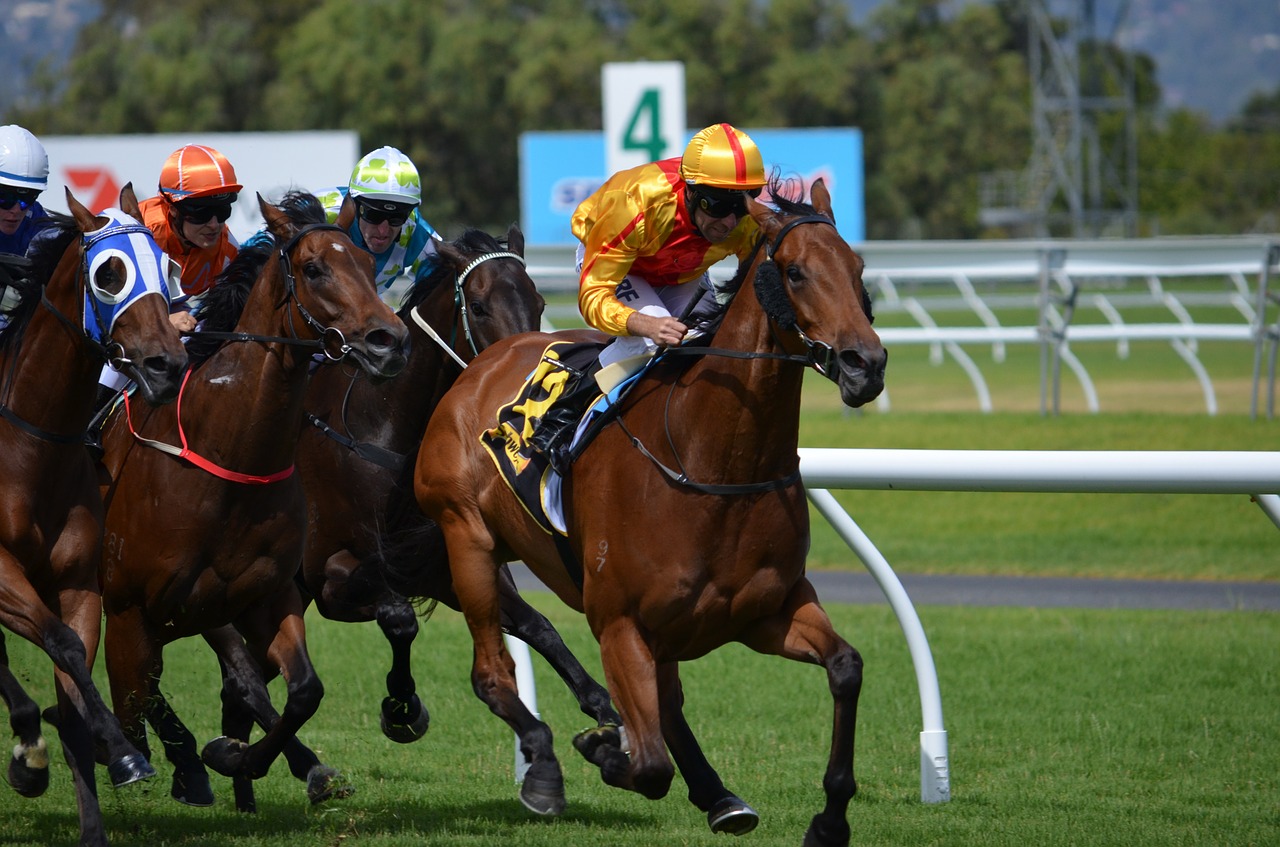
The Melbourne Cup is a well-known race in the world. Many will probably be familiar with its name, however, its popularity in Australia is just enormous. When this prestigious event gets near, people start looking for Melbourne Cup 2020 betting offers for making their own preparations. This can get tedious if punters start randomly searching for offers. The best way is to try to find a site where they can find all the latest and best bonuses in order to save their time and effort. However, it is highly recommended that they do not directly avail these offers after a cursory glance, rather they should give the terms and conditions a thorough read and then go for these bonuses.
1- W.S. Cox Plate
Every jockey and trainer wants to win the prestigious W.S. Cox Plate. It is a weight for age race and got its name from William Samuel Cox, the racing club’s founder. The Cox Plate, which is known for its tight bends, takes place in late October at Melbourne’s Moonee Valley Racecourse every year. It is a precursor to the Melbourne Cup, with some competitors appearing in both these prestigious races. Only 14 entrants can participate and they must cover 2040m for completing the Cox Plate which is the richest weight for age race in Australia.
2- Caulfield Cup
The Caulfield Cup is regarded as one of the most prestigious horse races in Australia. The race takes place in mid-October at the Caulfield Racecourse, Melbourne every year. It can boast of a long history with its inaugural race happening in 1879. The event is restricted to just 18 entrants and it is run only a few weeks earlier than the Melbourne Cup. With prize money of A$5,000,000, it is regarded as the world’s richest handicap race run over that distance.
Formerly, the Caulfield Cup only featured competitors from Australia and New Zealand, but now it has become an international event. For becoming eligible to participate in the race, the age of the horses must be three years or older. A horse achieves the ‘Cups Double’ if he/she wins both the Caulfield Cup and the Melbourne Cup.
3- Melbourne Cup
The Melbourne Cup, which is known locally as ‘the race that stops the nation’, is widely regarded as the greatest horse race in Australia. It is also one of the oldest and richest horse racing events in the country.
The Melbourne Cup is run every year on the first Tuesday of November at the Flemington Racecourse and brings almost the entire country to a standstill. It offers huge prize money to lure some of the best horses and jockeys in the business.
There are more interesting stories in our section on Horse Racing.
Are you interested in promoting your business or sharing content on EIE? Contact us at info@equineinfoexchange.com

By T. D. Thornton
Backed by the political clout of United States Senate Majority Leader Mitch McConnell (R-KY), proponents of a federal bill mandating an independent anti-doping and medication control program for horse racing announced at an Aug. 31 press conference at Keeneland that a retooled version of the framework of legislation that has existed since 2015 will be introduced in the Senate in September by McConnell himself.
Backers of the bill spoke Monday of newfound compromise and consensus among the sport’s stakeholders that they said would help to usher the Horseracing Integrity and Safety Act (HSIA) to passage.
They also outlined how a nine-member oversight board known as the Horseracing Integrity and Safety Authority would craft the new program, and how that Authority would contract with the United States Anti-Doping Agency (USADA) to manage and administer the new set of rules. A fresh component that would also cover racetrack safety standards will also be written into McConnell’s new version of the bill.
But more questions than answers were raised by the half-hour media event. There was no discussion of how this new Authority would be funded, and there was zero mention of the contentious topic of race-day medication (specifically Lasix), the prohibition of which has been a difficult sticking point in previous versions of the bill.
Although a representative from Churchill Downs, Inc. (CDI), was on the sales pavilion stage with the bill’s proponents and the Horsemen’s Benevolent and Protective Association (HBPA) was mentioned as a supporter two minutes before the press conference ended.
There was no discussion about what tradeoffs had been made to gain the favor of those two entities, both of which had previously not supported federally mandated oversight of the sport.
In addition, the post-conference question-and-answer session with reporters was not made available to journalists working off the internet stream. TDN emailed McConnell’s media liaison three brief follow-up questions about funding, the status of race-day medication, and how the compromises with non-supporters came about.
A spokesperson replied without addressing the questions, writing instead that “I will make sure you’re updated with more info when the Senator’s bill is introduced!”
The Blood-Horse subsequently reported that the new bill would still outlaw the use of race-day Lasix, but that states would be allowed to request a three-year waiver for some exceptions. TDN could not independently verify this aspect of the legislation.
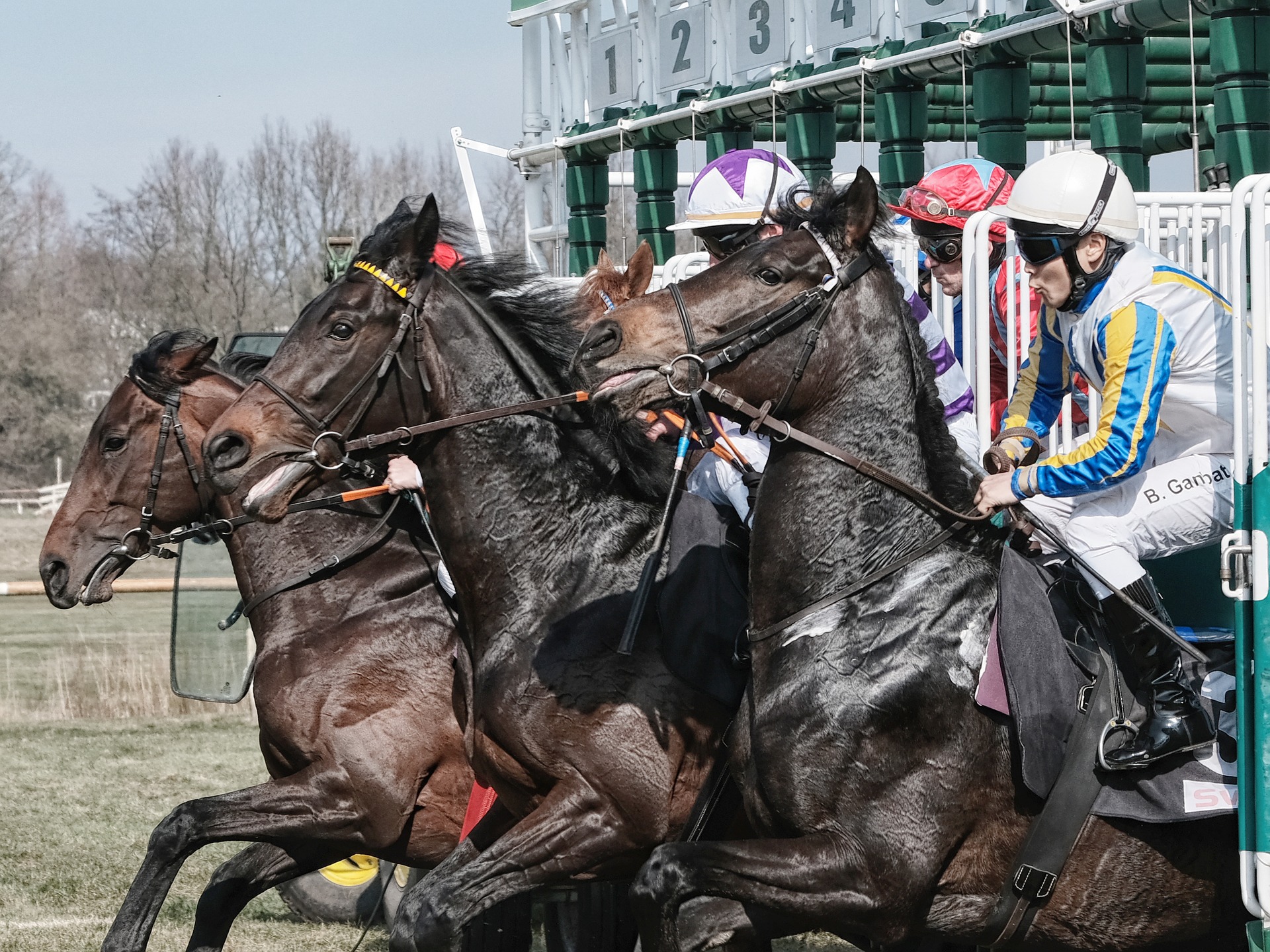
The Melbourne Cup is one of the most famous racing events in the world, and is known locally as ‘the race that stops the nation.’ It is held every year at Flemington Racecourse Melbourne on the first Tuesday of November, the time of year when Melbourne-cup.online gets flooded by the demands of racing enthusiasts and punters.
1- Phar Lap (1930)
Phar Lap is regarded as one of the greatest racehorses of all time. His appearance in the prestigious Melbourne Cup was always going to qualify as a memorable moment in the history of the competition.
The great racehorse entered the race as a top favorite in 1930. Even though he was carrying a huge 63kg handicap, the Harry Telford trained horse managed to claim the Melbourne Cup title with ease. It is said that he even survived an assassination attempt while training for the race.
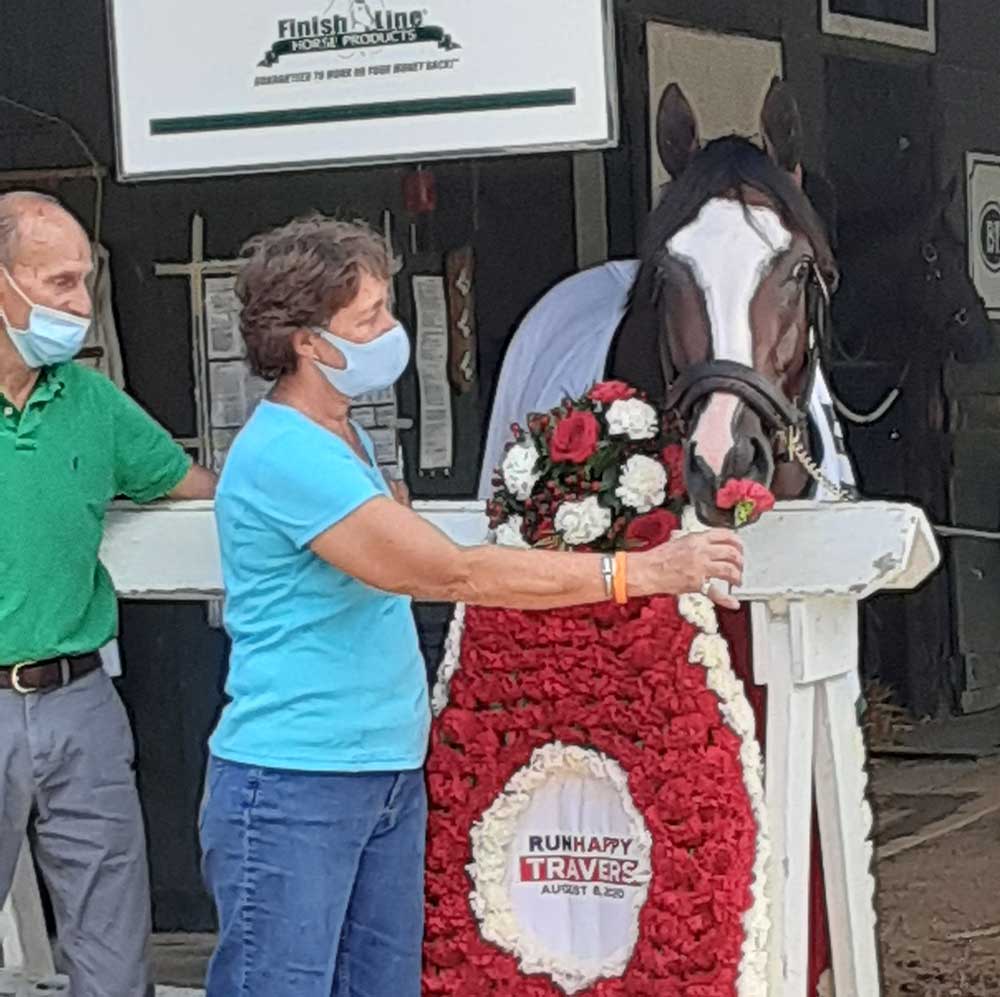
We had a wonderful opportunity to meet Belmont Stakes and now Traver Stakes winner Tiz the Law, Barclay Tagg and Robin Smullen, the morning after his Travers win. This remarkable New York Bred is now the favorite for the Kentucky Derby.
You can find out more at the Daily Racing Form.
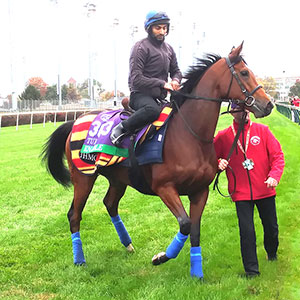
The highlight of the summer at Sandown Park is the Group 1 Eclipse Stakes over about a mile-and-a-quarter. Unlike most years, the 2020 renewal is only open to older horses because of the race’s proximity to The Derby and The Oaks on Epsom Downs 24 hours earlier.
Sitting between Royal Ascot and the King George at the same track, the Eclipse takes place on 5 July this year. Who are the contenders for Sandown’s big horse race?
Enable
Last year’s Eclipse heroine Enable is set to return to action with a defence of her crown. Owned by Prince Khalid Abdullah and trained by John Gosden, the beloved six-year-old mare has one mission: to try and win the Prix de l’Arc de Triomphe in France for a historic third time.
That doesn’t mean that they can’t make hay with Enable elsewhere, though. How she gets on in the Eclipse will shape her route back to France for Europe’s most famous race and she is a warm favourite for another Sandown success.
Read more: Five Contenders for the 2020 Eclipse at Sandown Park
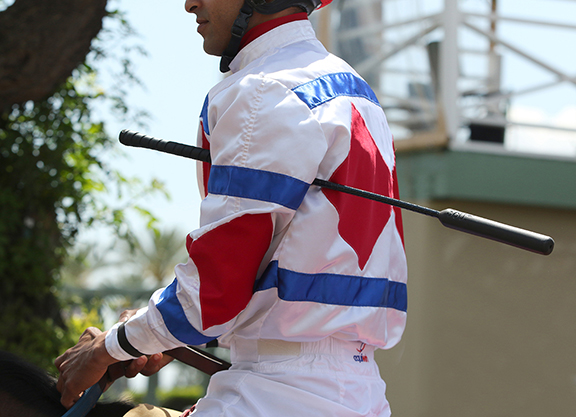
Ramón Dominguez and Ryan Moore
We have watched, with increasing concern, as momentum to effectively ban the use of the riding crop has built around the world. The negative perception of the crop is real and it matters. You may think it is overblown, the domain of activists, but those among us who dismiss animal welfare concerns will first find ourselves riding without crops, and then not riding at all.
We shoulder some blame in this scenario. As riders we have failed–and fail still–to make a persuasive argument about the crop’s use as a safety or corrective tool and its importance to the integrity of the sport.
We did not move quickly to innovate its design as criticism of it grew louder. For years, we have simply insisted “we need it” while refusing to compromise on a sustainable framework for its use.
And now, here we are. Faced with restrictive rules pending in California and regulatory bodies around the U.S. and the world debating the same issue. The time has passed for stubbornness, but we do need the riding crop to ensure the safety and integrity of our sport for all participants.
Corrective Action
There are so many ways in which a horse can act unpredictably during the running of a race and require a rider to take corrective action to protect themselves as well as the animal. A crop is the most important tool a rider can rely on to correct a horse.
These corrections are not always clear cut and often a matter of feel for the jockey given position in the race, communication with the horse, and overall experience.
Being able to proactively use the crop, for example by tapping a horse on the shoulder anticipating that he/she is going to do something erratic, is much safer than trying to correct a horse who has already drifted. In a scenario where the crop can only be used for “safety,” a rider will have to wait for the unsafe situation to become apparent or face penalties. This increases risk for all participants.
Read more: Banning the Crop is Not the Answer–but Riders Need to Open Their Eyes
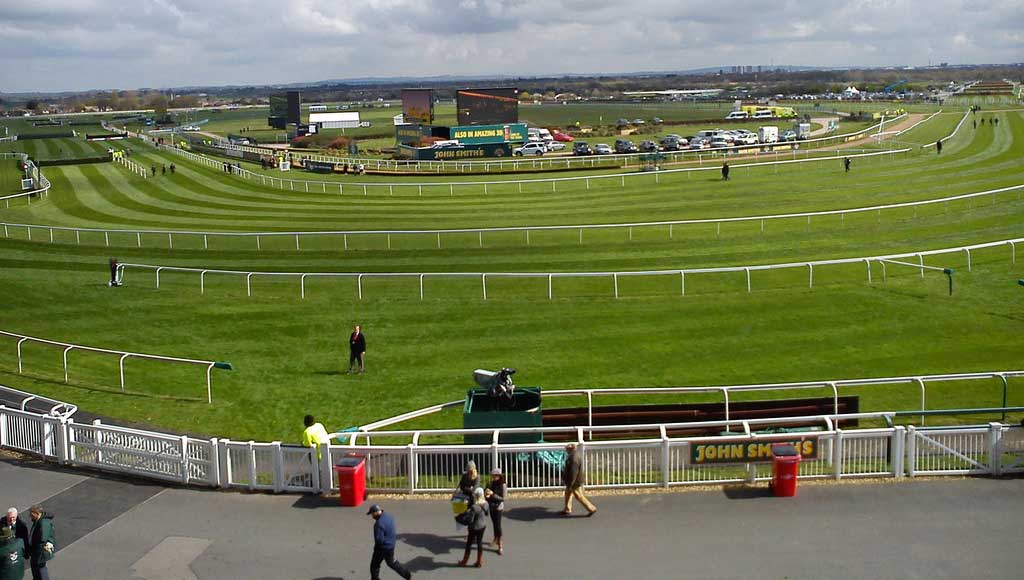
by CL Cimino
The 2020 Grand National was a hugely anticipated event in the United Kingdom. However, the famous racing event got canceled, like all other major sports events in the world, due to the Coronavirus pandemic. For online horse betting fans who had been expecting some real fun and enjoyment, the cancellation of the Grand National was a big blow. But for the good of all people, it was a necessary action.
1- Devon Loch’s defeat on the brink of victory
E.S.B. won the 1956 edition of the race but he didn’t become the reason for the incredible popularity of this Grand National. Instead, it was Devon Loch who failed from the brink of victory and hence gained great infamy in the history of the competition. To do a Devon Loch even became a metaphor to describe a sudden failure.
Devon Loch was performing brilliantly on the racing day and everybody was expecting an easy victory for him. His chances of victory further improved when two top contenders Must and Early Mist fell early in the race. There looked no question of defeat for Devon Loch on the final stretch as he had been leading by a great margin. However, he did something that shocked everyone at Aintree Racecourse that day. Suddenly and inexplicably, he belly-flopped to the turf and thus gave E.S.B. the chance to claim victory.
Jockey Dick Francis could not believe this shocking turn of events and cried bitterly. No one could provide a good explanation for this unexpected behavior of an amazing horse, though a lot of people gave their theories on the matter.
- Two Best Cheltenham Gold Cup Winners
- Jockey's Goggles Become Tool for Whipping Coronavirus
- Saratoga Horse Racing in the Time of COVID-19: Yay, or Neigh?
- Sir Barton: Forgotten Hero
- Grand National: The Complete Guide to Horse Racing Etiquette for Beginners
- Servis, Navarro to be Arraigned March 23rd, Could Face 5 Years Each
- Facts, or Fiction? Dutrow Deserves Time Served
- Three Most Famous Royal Ascot Winners
- Inspiring stories of Red Rum and Sprinter Sacre
- Female Jockey and Veterinarian Brings Double the Expertise to the Track








